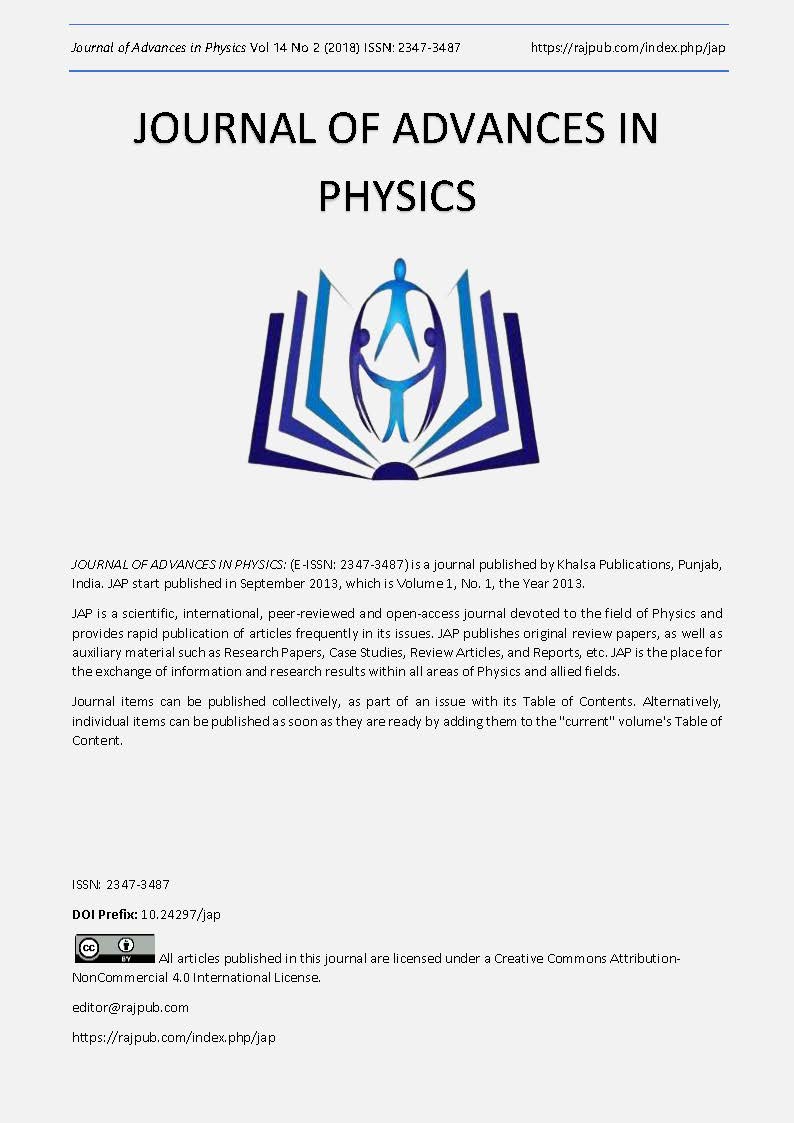Chitosan Molecular Weight Effects on The Synthesis of Gold Nanoparticles and Catalytic Degradation of Environmental Pollutants
DOI:
https://doi.org/10.24297/jap.v14i2.7347Keywords:
Gold nanoparticles, 4-catalytic degradatio, Methyl orange, catalytic degradationAbstract
a microwave as a heating source. Since, Chitosan acts as a reducing and stabilizing agent. The as-synthesized Au NPs were characterized by transmission electron microscopy (TEM) images and selected area electron diffraction patterns (SAED). Furthermore, the Au NPs fabrication was ascertained by UVVisible spectroscopy (UVis) through the detection of the localized surface plasmon resonance (LSPR) characteristic peak, X-ray powder diffraction (XRD), and energy dispersive X-Ray Spectroscopy (EDS). The formation of the Au NPs was confirmed by the detection of a LSPR peak at 518527 nm in the UVVis spectrum. In addition, the XRD studies depicted that the obtained Au NPs were highly crystalline with face-centered cubic geometry. Moreover, TEM micrographs showed that the most Monodispersed AuNPs was synthesized with low molecular weight (LMW) Chitosan with particle size 4.48±0.09 nm. The synthesized Chitosan-Au nanocomposite exhibited an efficient catalytic property in the reduction of two organic environmental pollutants which are, 4-nitrophenol (4-NP) and methyl orange (MO) dye in the presence of sodium borohydride (NaBH4).
Downloads
Downloads
Published
How to Cite
Issue
Section
License
 All articles published in Journal of Advances in Linguistics are licensed under a Creative Commons Attribution 4.0 International License.
All articles published in Journal of Advances in Linguistics are licensed under a Creative Commons Attribution 4.0 International License.




